
The Association of Battery Recyclers (ABR) is the leading advocate of the lead battery recycling industry, committed to advancing safe, sustainable recycling practices and environmental stewardship. With a history rooted in collaboration and responsibility, ABR represents industry leaders dedicated to ensuring lead batteries remain one of the most sustainable and recyclable products in the world. We’re committed to promoting innovative recycling processes that minimize environmental impact and meet the growing demand for clean energy solutions.
Want a quick, fact-filled overview of how the lead battery recycling industry supports U.S. jobs, manufacturing, and sustainability?
The U.S. lead battery recycling industry delivers significant environmental, economic, and national security benefits — and its importance continues to grow. Between 2020 and 2030, global lead battery market growth is projected to exceed 80,000 MWh. The recycling industry ensures this expansion happens sustainably, supporting the circular economy at scale.
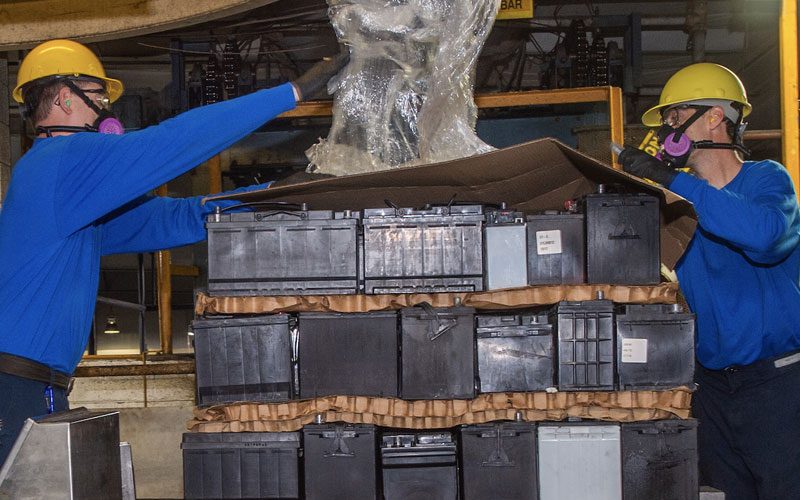

Lead battery recycling is at the heart of the circular economy, demonstrating how sustainability can work at scale. Through a closed-loop process, nearly every part of a lead battery — including lead, plastic, and acid — is recovered and reused to manufacture new batteries. This system conserves natural resources, reduces waste, and minimizes environmental impact.
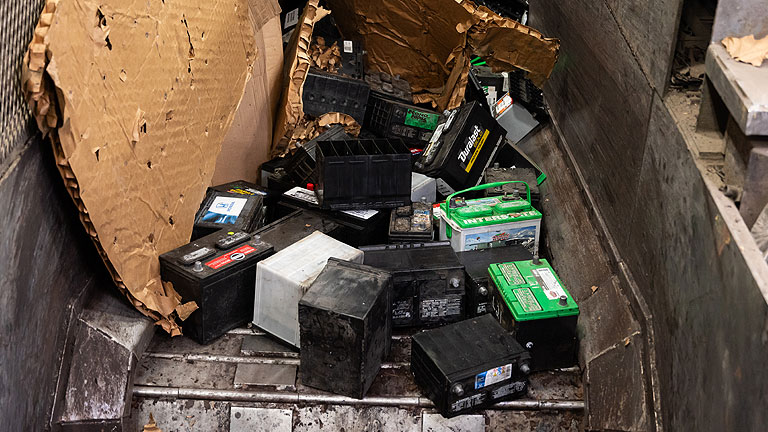
High Recyclability
Lead batteries boast a 99% recycling rate, making them the most recycled consumer product in the U.S.

Resource Conservation
Recycling reduces the need to mine virgin lead and conserves other critical materials like plastic and electrolytes.
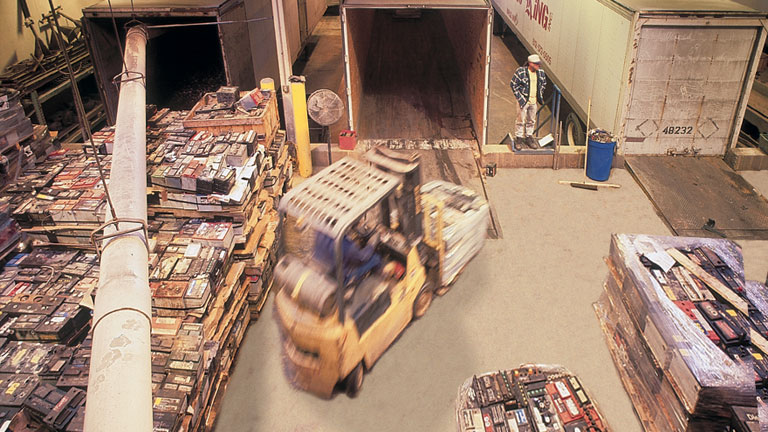
Waste Reduction
More than 160 million lead batteries are diverted from landfills annually in the U.S., ensuring hazardous materials are managed responsibly.

Energy Efficiency
The recycling process requires significantly less energy than producing new materials, reducing greenhouse gas emissions.
The circular lifecycle of lead batteries showcases a model of sustainability that other industries should aspire to achieve. By continually reusing materials, lead battery recycling supports the clean energy future while protecting the environment.
The lead battery recycling industry is a critical component of the U.S. supply chain, providing recycled raw materials for domestic battery manufacturing. By keeping valuable raw materials within the country, the industry ensures reliable access to essential resources while promoting sustainable manufacturing practices.
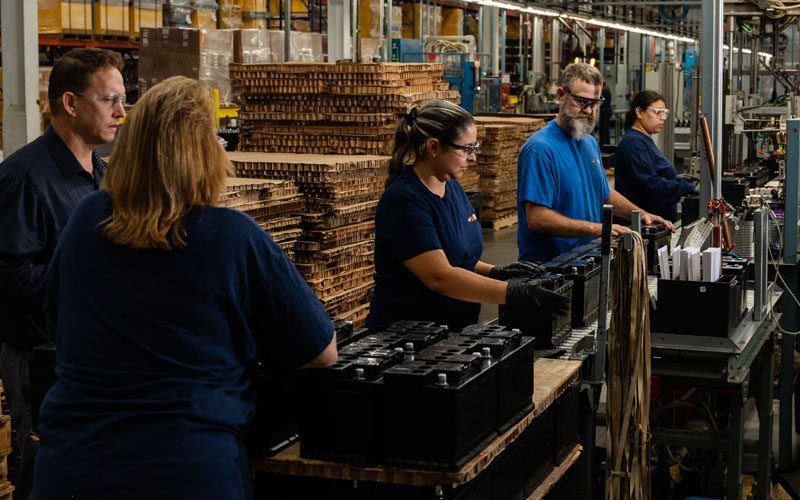
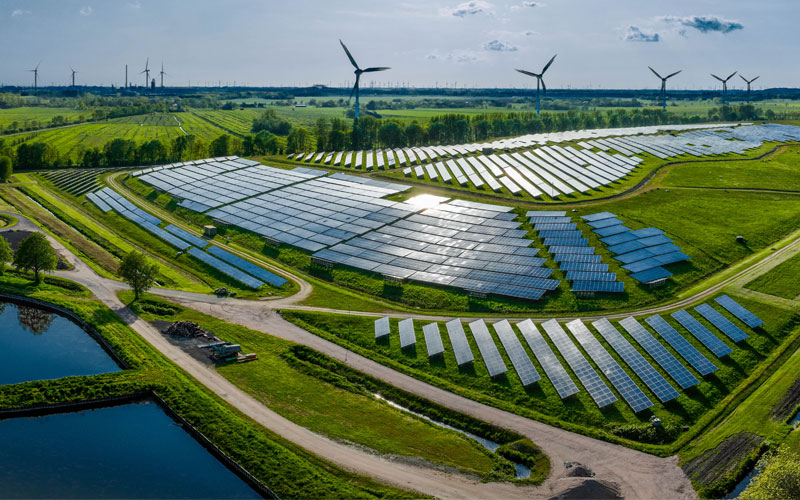
The rising global demand for energy storage highlights the critical role of lead battery recycling in meeting this challenge sustainably. Lead batteries are essential to powering transportation, renewable energy systems, and backup storage solutions, and their recyclability makes them an indispensable part of a greener future.
This closed-loop process also reinforces the domestic supply chain by providing a reliable source of materials for manufacturing new batteries, reducing dependence on raw material imports and supporting local economies.
Discover how the lead battery recycling industry drives sustainability, innovation, and economic growth. Our video highlights the processes and people behind this essential industry.
Modern lead batteries are safe, reliable, and indispensable to our low-carbon energy future — and so are the professionals who recycle them responsibly. Without the lead battery recycling industry, the U.S. would face greater reliance on imported materials, increasing environmental and economic risks.
ABR is proud to represent the people who provide safe, responsible recycling services every day, strengthening our communities and building a sustainable future.